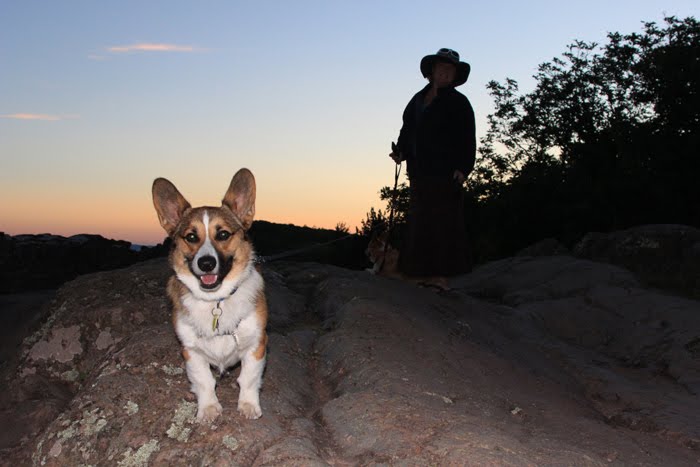
London’s mayor, Boris Johnson, has announced the winning artists of the next two commissions for Trafalgar Square’s Fourth Plinth.
Scheduled for unveiling in 2012, Elmgreen & Dragset’s Powerless Structures, Fig.101 portrays a boy, ridding his rocking horse, cast in bronze. In the context of the iconography of Trafalgar Square the boy is elevated to the status of a historical hero. The work is intended to celebrate the heroism of growing up, gently questioning the tradition for monuments predicated on military victory or defeat. Here, there is not yet a history to commemorate—only a future to hope for.
Katharina Fritsch’s Hahn / Cock will be installed on the Fourth Plinth in 2013, showcasing a giant cockerel in ultramarine blue. Surrounded by Trafalgar Square’s genteel Georgian architecture, its unnatural scale and bold color aims to render the situation unreal in an effort to bring a sense of hallucination and uncertainty to the context.
The selection was made by the Fourth Plinth Commissioning Group chaired by Ekow Eshun. Ekow Eshun said: "Elmgreen and Dragset and Katherina Fritsch are distinguished artists with major international reputations. Their selection further underlines the importance and reputation of the Fourth Plinth as the most significant public art commission in Britain. Both have created imaginative and arresting artworks that fully respond to the uniqueness of their location and I can't wait to see their sculptures in Trafalgar Square in 2012 and 2013."
Trafalgar Square is a square in central London, England. With its position in the heart of London, it is a tourist attraction, and one of the most famous squares in the United Ki
ngdom and the world. At its centre is Nelson's Column, which is guarded by four lion statues at its base. Statues and sculptures are on display in the square, including a fourth plinth displaying changing pieces of contemporary art. The square is also used as a location for political demonstrations and community gatherings, such as the celebration of New Year's Eve in London.
Public art has always been surrounded by debate. This came to a head as three sculptures by British contemporary artists were temporarily placed on the empty fourth plinth at Trafalgar Square, which had remained unoccupied for 158 years.
Designed in 1832 by Charles Barry, the square was always intended to give "scope and encouragement to sculptural work of a high class" and to give "distinctive and artistic character to the square." This aspiration was again addressed with the commissioning of new pieces of sculpture to be placed on the plinth.
The project was the brainchild of Prue Leith, who in her role as Deputy Chairman of the Royal Society for the encouragement of the Arts, began to seek out ideas about what should be done to enliven the fourth plinth and to put it to good use. She also looked for sponsorship for the fourth plinth project. The foundation's way forward was to fund the project in the manner of its own commissioning process - the provision of funds to realise the works for exhibition and which would ultimately be sold. The project took place from July 1999 and ran until May 2001.
The third piece for the plinth was Rachel Whiteread's Monument. The transparency of the inverted cast of the plinth resulted in, as Whiteread stated, it "sometimes being present, sometimes being ephemeral, depending on the quality of daylight and the weather."
The Fourth Plinth Programme is funded by the Mayor of London with support from Arts Council England and sees new artworks being selected for the vacant plinth in a rolling program of new commissions.
www.london.gov.uk/fourthplinth/

















